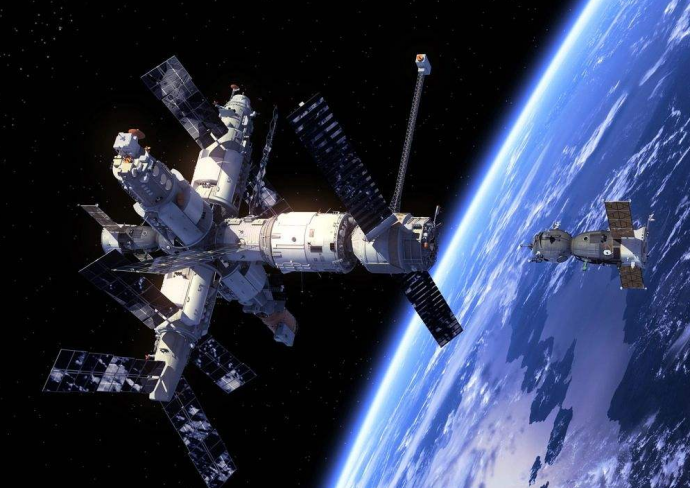BEIJING, Jan. 14 (Xinhua) -- China is open to international cooperation in its future space missions, officials from the Chinese National Space Administration (CNSA) said Monday at a press conference on the Chang'e-4 probe.
Wu Yanhua, deputy head of the CNSA, said China is willing to work with the international community to push forward the frontiers of space exploration on the basis of equality, mutual benefit, peaceful use and inclusive development.
He expressed gratitude for the international attention from foreign counterparts and media on the Chang'e-4 mission, noting that China has been open for cooperation in its space exploration.
Wu said China is also willing to contribute more Chinese wisdom to the international aerospace development.
On China's space cooperation with Russia, Li Guoping, secretary-general of the CNSA, said that Russia is one of the key partners in China's space programs.
Under the mechanism of regular meetings between Chinese and Russian heads of governments, the two countries have set up a space cooperation committee and are expected to carry out cooperation in projects like lunar and deep space exploration, Earth observation, satellite communication and space debris till 2022.
Li noted that lunar and deep space exploration is an important area in China-Russia space cooperation. The two countries plan to collaborate on the Russian orbital spacecraft Luna-Resurs-1 (Luna-26) and the Chinese project of landing on the south pole of the moon.
On the future China Space Station (CSS), Li said China is expected to complete the construction of the space station in 2022. So far, China has carried out cooperation in manned space mission with Russia, Germany, France and the European Space Agency and hopes to have more international cooperation in equipment research, space application and taikonauts training.
He added that China announced in Vienna last May that all member states of the United Nations are welcome to cooperate with China to jointly utilize the CSS.
Li noted that all foreign counterparts are welcome to participate in its future lunar and deep space missions, especially the lunar probe which plans to land on the south pole of the moon.
According to Li, a total of 10 kg of payload on the orbiter and lander will be open to international partners. Meanwhile, the relay satellite Queqiao can still work for about three to five years in space, and China welcomes the international community to carry out science and technology research with the satellite.
On space cooperation with the United States, Wu said the scientists of the Lunar Reconnaissance Orbiter (LRO) of NASA cooperated with the team of the Chang'e-4 mission to study the landing of the Chang'e-4 probe.
The U.S. side has offered the orbital data of LRO and the Chinese side has provided the landing timing and location. By referencing the footage released by China of Chang'e-4's descent onto the moon, the LRO team has been able to pinpoint where the lander touched down, and NASA posted related images.
Wu said leading countries in space exploration should focus on cooperation and make more contribution to mankind's quest and journey into the universe.
China announced Friday that the Chang'e-4 mission, which realized the first-ever soft-landing on the far side of the moon, was a complete success. The Chang'e-4 probe touched down at the preselected landing area on the far side of the moon on Jan. 3, and the rover Yutu-2 drove onto the lunar surface late that night.
Named after the Chinese moon goddess "Chang'e," China's lunar exploration program, which began in 2004, includes orbiting and landing on the moon and bringing samples back to Earth.
According to the CNSA, the program has achieved five continuous successes, referring to Chang'e-1, Chang'e-2, Chang'e-3, a test craft for Chang'e-5 and Chang'e-4.




 A single purchase
A single purchase









